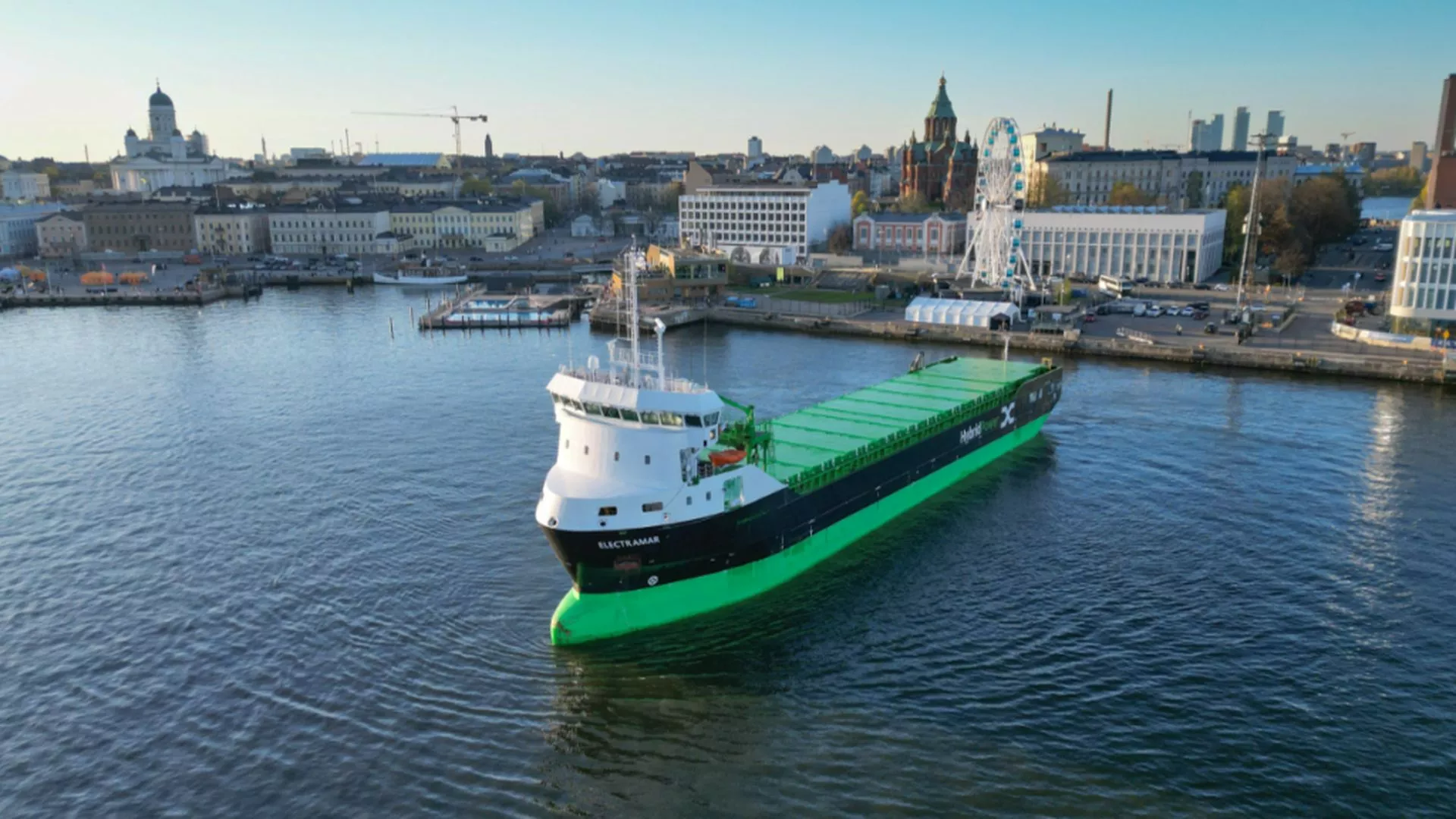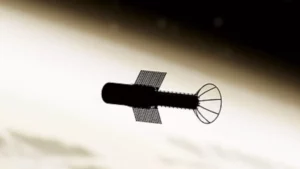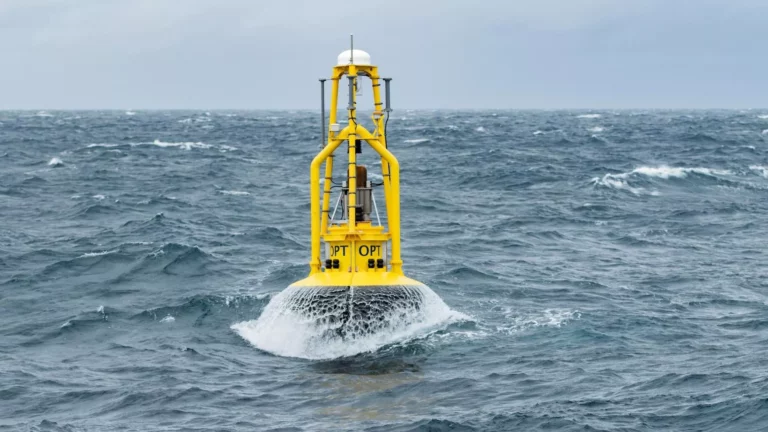The high-density waterless hydropower plant project has been officially cleared to move forward. This emerging technology promises to revolutionize carbon-free energy storage in regions lacking high geographic elevations, providing 2.5 times the energy capacity of conventional hydroelectric facilities.
Hydraulic power plant and dense fluid to overcome geographical limitations
The pilot of this project, developed by RheEnergise, will be located at the mining company Sibelco’s facilities in Cornwood, near Plymouth, in the United Kingdom. Hydroelectric systems have been identified as essential for the generation of sustainable electricity worldwide, representing 15% of the total generated. Despite growth in this area, sites suitable for new plants are almost exhausted. This is particularly problematic for regions without the geographic relief necessary to efficiently implement existing hydropower technology.
On the other hand , RheEnergise has introduced a solution to this challenge by using a fluid 2.5 times denser than water, combining H₂O with a mineral compound called R19. This innovation allows energy storage systems to maintain operational efficiency with lower fluid volumes and reduced altimetric differences.





This facilitates the installation of storage systems in areas with lower elevations, extending the potential of gravity battery technology to numerous new sites. The company estimates that there are up to 6,500 viable locations for this technology in the UK alone.
Finally, RheEnergise maintains that this method is less expensive than large-scale lithium-ion battery alternatives and does not suffer from problems such as leakage or long-term degradation. Additionally, funding for this pilot comes from the UK Government’s longer-running Energy Storage Demonstration Programme, which seems very appropriate given that Sibelco produces kaolin for the manufacture of toilets and ceramics.
The development of this technology not only represents an advance in terms of efficiency and geographical expansion, but also offers a more sustainable solution with lower environmental impact compared to large dam constructions, which significantly reduces the alteration of local ecosystems and the displacement of communities.
Follow us on social networks and don’t miss any of our publications!
Inspenet.com YouTube LinkedIn Facebook Instagram X
Source: newatlas.com
Photo: RheEnergise Ltd













